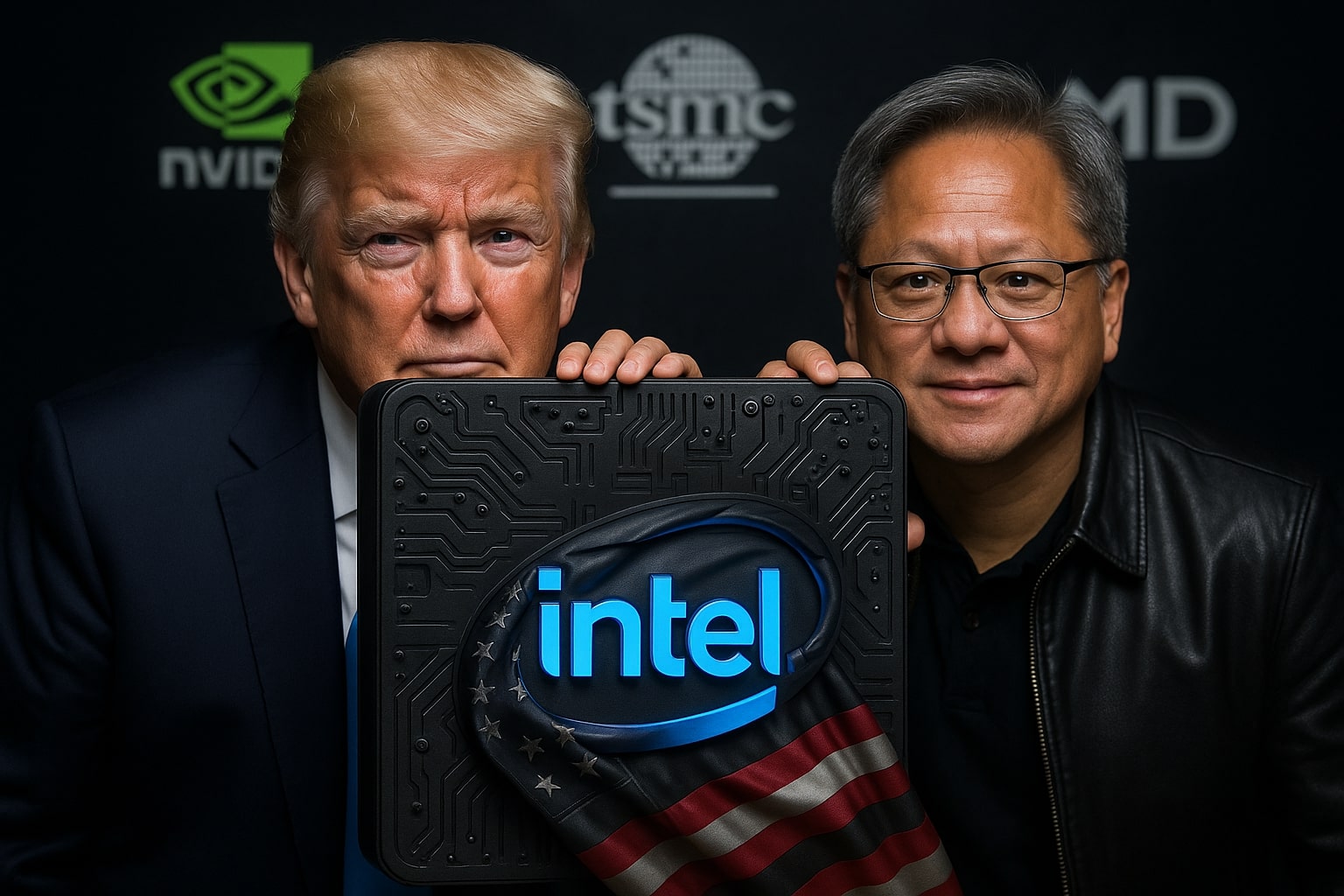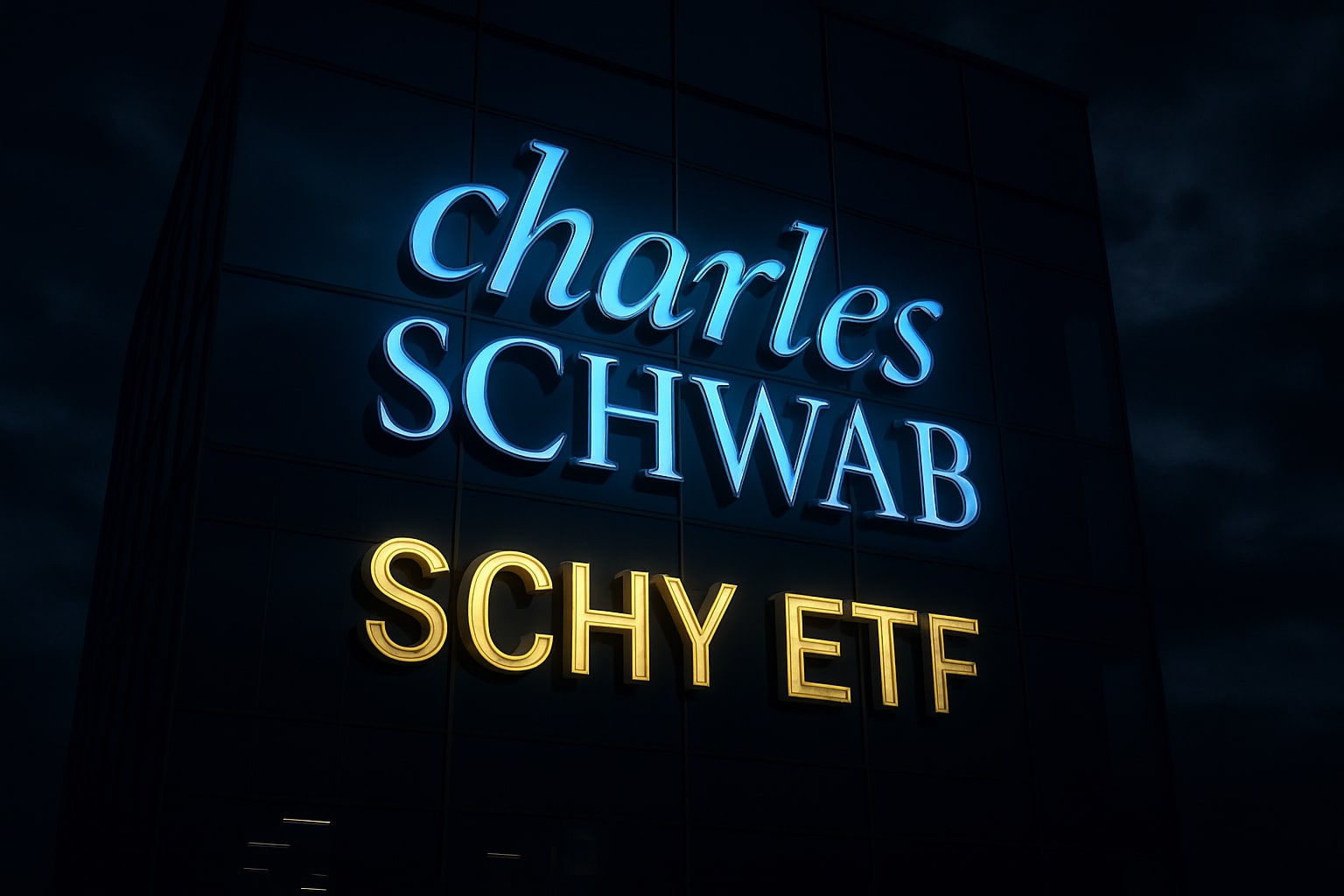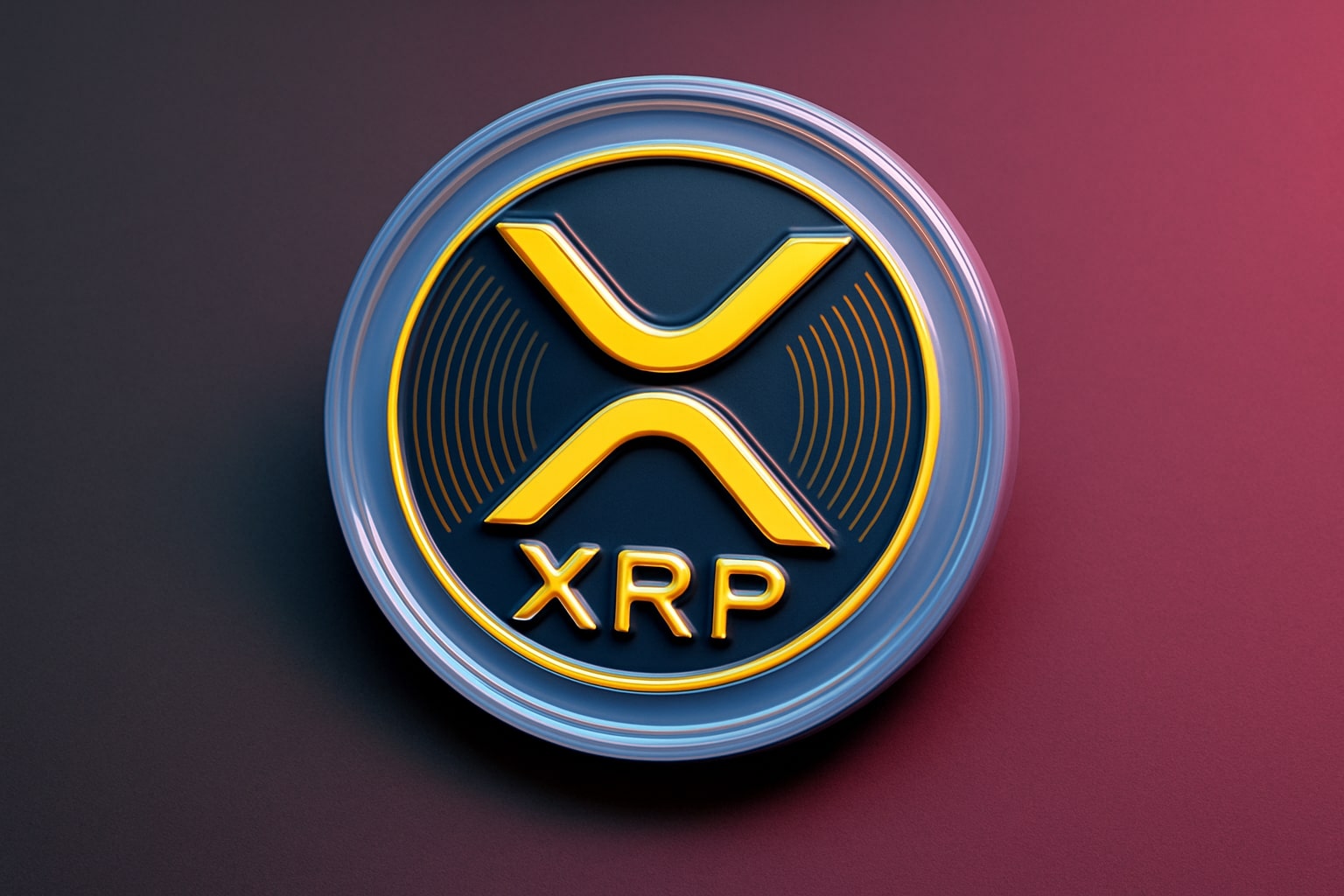
Intel Stock Price Forecast - INTC Shares Targets $48 by 2025 and $55 by 2026 AI Growth Redefine Its Comeback
Trading at $40.75, Intel is rebuilding momentum with aggressive AI investments, CHIPS Act support, and its 18A foundry roadmap. Revenue is projected to hit $10B by 2026 | That's TradingNEWS
Intel (NASDAQ:INTC) Sets Ambitious Price Targets — $48 for 2025 and $55 for 2026 as AI and Foundry Expansion Redefine Its Future
Intel Corporation (NASDAQ:INTC) is reestablishing its long-term growth trajectory with a dual-year forecast targeting $48 per share by the end of 2025 and $55 by 2026, reflecting a 35% upside from current levels near $40.75. This forecast aligns with accelerating AI adoption, the rollout of Intel’s 18A manufacturing process, and multi-billion-dollar foundry contracts from both the U.S. government and top-tier tech clients.
The chipmaker’s renewed momentum follows a period of structural transition after two years of earnings compression and capital-intensive investment cycles. Now, Intel’s narrative is shifting from survival to resurgence, powered by AI infrastructure and geopolitical necessity. As competitors like Nvidia (NASDAQ:NVDA) and Advanced Micro Devices (NASDAQ:AMD) dominate the high-performance GPU space, Intel’s strategy is differentiated: it is building the physical backbone — fabs, silicon capacity, and sovereign supply chains — to become the Western alternative to Asia’s semiconductor dependence.
Intel’s rebound from the 2024 low of $29.86 marks one of the most impressive turnarounds in large-cap tech this year. The company’s ability to sustain above the $40 threshold has reinforced technical conviction for institutional buyers targeting $55 long-term, while the stock’s 12-month rolling beta has narrowed to 1.02, signaling reduced volatility amid stronger operational guidance.
Foundry 18A Leadership and U.S. Manufacturing Policy Drive Structural Revaluation
The foundation of Intel’s price expansion is its foundry and manufacturing business, projected to become a $100 billion segment over the next decade. The Intel 18A node, its first process competitive with TSMC’s N3 and Samsung’s SF3, remains on schedule for volume manufacturing in late 2025, with commercial ramp-up through 2026.
CEO Pat Gelsinger confirmed that Intel has secured multiple advanced foundry customers, including the U.S. Department of Defense, under the RAMP-C initiative, and private contracts with major cloud infrastructure partners. This foundry turnaround has positioned Intel to capture 10–12% global foundry market share by 2026, a dramatic leap from today’s under 3%.
The financial implications are significant: foundry revenue is expected to exceed $10 billion in 2026, nearly doubling from $4.5 billion in 2024, while operating margin is forecast to rise from 12% to 21% as fabrication efficiency improves. The U.S. government’s $8.5 billion CHIPS Act grant and $11 billion in loans provide both liquidity and political backing, effectively derisking Intel’s capital expenditure cycle.
AI Ecosystem and Strategic Acquisitions Expand Intel’s Relevance Beyond CPUs
Intel’s future is no longer defined solely by desktop chips — its pivot to AI infrastructure is reshaping its valuation narrative. The Gaudi 3 AI accelerators, already deployed by cloud clients, are Intel’s direct challenge to Nvidia’s H100 dominance. The company is also rumored to be in advanced negotiations to acquire SambaNova Systems, an AI chip and software firm valued between $3–4 billion, a move designed to integrate vertical AI compute and training platforms.
This expansion mirrors a broader trend: Intel is shifting toward end-to-end data pipeline ownership — from silicon to inference. The Core Ultra and Xeon 6 processors further align Intel’s roadmap with high-performance and energy-efficient workloads, while AI PC integration is projected to reach 100 million units by 2026, creating another leg of demand growth.
Earnings Outlook: Margin Inflection Point Expected in 2025
Intel’s Q3 2025 revenue reached $14.6 billion, up 9% year-over-year, with EPS at $0.44, missing consensus estimates by a narrow margin due to slower client recovery. However, the company’s data center and AI group (DCAI) reported sequential growth of 11%, signaling that its pivot toward AI workloads is taking hold.
Gross margin remains under pressure at 43.2%, but internal guidance for 2026 margin recovery toward 50% remains credible as restructuring costs fade and foundry utilization rises. Capital expenditure is expected to taper from $26 billion in 2024 to $20 billion in 2026, freeing cash for dividends and buybacks.
Operating cash flow recovered to $4.3 billion, with free cash flow turning positive for the first time in four quarters — a critical milestone that underpins Intel’s financial stability as it scales.
Read More
-
Palantir Stock Price Forecast - PLTR Shares Slumps to $191, Michael Burry’s $912M Short Overshadow Record Q3
04.11.2025 · TradingNEWS ArchiveStocks
-
XRP Price Forecast - XRP-USD Crashes 6% to $2.20 as Ripple XRP ETF Hype Meets Reality
04.11.2025 · TradingNEWS ArchiveCrypto
-
Oil Prices Forecast - Oil Prices Plunge Toward $60 as OPEC+ Pause and Rising U.S. Stockpiles
04.11.2025 · TradingNEWS ArchiveCommodities
-
Stock Market Today: Nasdaq Drops 1.3%, PLTR Stock Crashes 8% as AI Rally Unwinds; Bitcoin BTC-USD Dips Below $103,000
04.11.2025 · TradingNEWS ArchiveMarkets
-
GBP/USD Price Forecast - Pound Slumps Toward 1.3000 as BoE Cut Bets and Fiscal Warnings
04.11.2025 · TradingNEWS ArchiveForex
Competitive Dynamics: Intel Balances Cost Discipline with Innovation
The competitive field remains intense. AMD’s MI300X chips have captured hyperscaler contracts, while Nvidia maintains over 80% market share in AI GPUs. Intel’s strategy, however, differs: instead of chasing margin at the chip level, it is pursuing manufacturing dominance and government-backed resilience. This structural hedge positions Intel as indispensable in U.S. and European industrial policy — a quality neither AMD nor Nvidia possesses.
The firm’s process roadmap remains key: Intel 20A (RibbonFET) enters mass production in early 2025, followed by Intel 18A in late 2025. The cadence between these launches is the fastest in Intel’s modern history, and analysts view this as validation of the “five nodes in four years” strategy.
Valuation and Analyst Sentiment Align Toward $55 by 2026
Consensus among major analysts remains cautiously optimistic but convergent on growth. Tigress Financial Partners recently reiterated a Buy rating with a $52 target, while Wells Fargo and Bernstein maintain neutral stances near $45–$48. However, internal projections across institutional desks suggest upside momentum if Intel delivers on its foundry pipeline.
At $40.75, Intel trades at 19.8x forward earnings, a discount to the semiconductor peer median of 26x. Based on projected 2026 EPS of $2.80, Intel’s implied fair value at a normalized multiple of 20x equals $56, reinforcing the long-term $55 price target.
Free cash flow yield stands at 3.6%, dividend yield at 1.3%, and long-term debt-to-equity remains moderate at 0.39, underscoring financial stability.
Technical Landscape: Intel Builds Base Above $40, Eyes $48 Resistance
Technically, Intel is consolidating in a rising channel between $39.20 support and $45.10 resistance. A breakout above $46.50 — aligned with the 200-week EMA — would validate bullish continuation toward $48 by mid-2025. RSI momentum near 61 indicates healthy accumulation, while MACD’s positive crossover confirms mid-cycle momentum.
Institutional buying has increased by 17% QoQ, with funds such as Vanguard, BlackRock, and State Street adding exposure, indicating long-term conviction. Insider transaction data from TradingNews.com shows no major selling since June 2025, further reinforcing investor confidence.
Verdict: Intel (NASDAQ:INTC) — BUY, $48 Target for 2025 and $55 for 2026
Intel’s structural reset is nearly complete. The convergence of government-backed manufacturing, AI ecosystem expansion, and execution on its foundry roadmap justifies a bullish trajectory through 2026. While short-term volatility remains possible around earnings season and CapEx timing, the secular outlook favors revaluation.
With Intel trading below intrinsic fair value, a disciplined Buy stance is maintained — targeting $48 by Q4 2025 and $55 by 2026, with upside potential if AI infrastructure demand accelerates faster than expected.


















